Latest DePIN Funding News
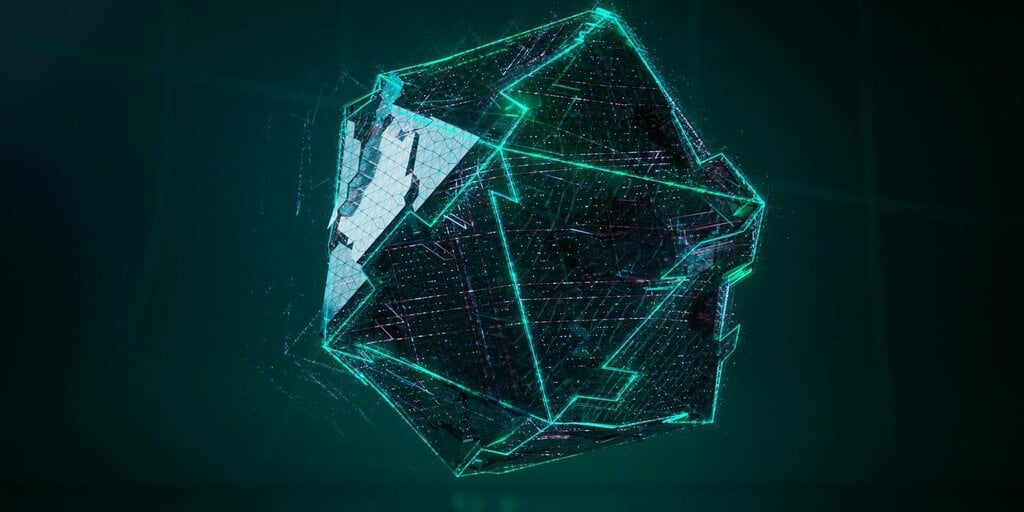
3 months ago
Phoenix Partners with TandemAI to Revolutionize AI Drug Discovery
On February 20th, 2025, in Shanghai, China, Phoenix, a decentralized AI compute network, announced a strategic partnership with TandemAI, a leading firm in AI drug discovery technology. This collaboration aims to deploy TandemAI's advanced AI drug discovery platform, TandemViz, on Phoenix's SkyNet AI compute layer. The integration will facilitate a custom lightweight version of TandemViz to operate on SkyNet's AI node network, allowing research organizations, laboratories, and pharmaceutical companies to access the system at no initial cost, with the potential for significantly reduced operational expenses as they scale their usage.
The significance of this partnership extends beyond mere technological integration; it represents a transformative shift in the accessibility of AI solutions in drug discovery. Previously, such high-cost and computationally intensive solutions were predominantly available to large corporations. However, this collaboration aims to democratize access, making it feasible for smaller entities, including individual researchers and labs, to leverage these advanced tools. This development is particularly relevant to the decentralized science (DeSci) sector, as it introduces industry-specific AI research tools that can enhance the value proposition of DeSci initiatives, potentially leading to the establishment of decentralized autonomous organizations (DAOs) that provide funding for targeted research causes.
TandemAI, founded by industry veteran Lanny Sun, has rapidly grown to employ over 350 professionals, including more than 50 award-winning AI and computational chemists. The firm boasts a client base of over 80 large pharmaceutical companies worldwide. Meanwhile, Phoenix's SkyNet Compute Layer is designed for scalability and efficiency, supporting a diverse range of applications within its AI ecosystem, which includes over 130 applications focused on AI for trading, gaming, and DeSci. This partnership is poised to accelerate innovation in the AI drug discovery space, backed by the $20 million Phoenix AI Ecosystem Fund, launched by JDI Group and Tensor Ventures.

3 months ago
Phoenix and Tandem AI Join Forces to Revolutionize Drug Discovery
In a groundbreaking collaboration, Phoenix, a provider of DePIN AI infrastructure, has teamed up with Tandem AI, an innovative platform specializing in integrated drug discovery. This partnership will see Phoenix deploying TandemViz on its AI compute layer, SkyNet. TandemViz is designed to streamline the drug discovery process by integrating advanced physics-based and AI-driven software with tools that facilitate the management and analysis of wet lab results. Meanwhile, SkyNet serves as a decentralized infrastructure that supports the entire AI compute lifecycle, from training and inference to scaling and deploying AI models with ease.
The integration of AI into drug discovery is transforming the industry by addressing the challenges of time and cost associated with traditional methods. The vast chemical space, filled with millions of molecules, complicates drug development, making it a lengthy and expensive endeavor. AI drug discovery accelerates this process by identifying promising compounds and validating drug targets more efficiently. With the new partnership, a lightweight version of TandemViz will be accessible to smaller organizations and independent researchers, democratizing access to advanced AI drug discovery tools that were previously limited to large corporations with substantial resources.
This collaboration not only enhances the capabilities of both Phoenix and Tandem but also contributes to the growth of the decentralized science (DeSci) movement. By leveraging decentralized architectures, the partnership aims to provide greater value to the DeSci community, highlighting the potential of these technologies in advancing scientific research. With Tandem's impressive team of over 350 employees and a client base of more than 80 large pharmaceutical companies, this partnership is poised to make significant strides in the field of drug discovery and beyond.

3 months ago
Bittensor (TAO) Price Surges Over 33% Amid Market Volatility
In the midst of ongoing market volatility, Bittensor (TAO) has displayed a remarkable bullish trend, with its price soaring over 33% in just one week. This surge reflects a growing buying sentiment among investors, as evidenced by a 15.61% increase in the last 24 hours and a trading volume reaching $320.474 million. The Year-to-date (YTD) return stands at +4.17%, indicating a strong bullish outlook for this altcoin. Technical indicators such as the Moving Average Convergence Divergence (MACD) suggest a consistent rise in buying pressure, while the EMA 50/200-day trendlines hint at a potential Golden Cross, further supporting the optimistic price trajectory for TAO.
As the market sentiment remains positive, analysts speculate whether Bittensor can reach a new 52-week high. If the bullish momentum continues, the TAO price could test its resistance level at $500, and maintaining this level may pave the way for a target of $547. However, should a bearish trend emerge, the altcoin may find support at $437.5, with a potential drop to $326 if selling pressure intensifies. Investors are keenly watching these levels as they assess the short-term price prospects of Bittensor in the current market landscape.
Looking ahead, the long-term outlook for TAO appears promising, with projections suggesting that if bullish sentiment persists, the price could range between $634 and $1,098 by the end of the year. In an even more optimistic scenario, analysts believe Bittensor could reach a maximum trading value of $3,798. As the cryptocurrency market evolves, Bittensor remains a focal point for investors seeking to capitalize on its potential growth.

3 months ago
Fixed Income: The Key to DeFi's Institutional Adoption
In a recent episode of Hashing It Out, Treehouse CEO Brandon Goh discussed the potential of fixed income as a crucial element for the widespread adoption of decentralized finance (DeFi), especially among institutional investors. While DeFi has made significant strides with derivatives, lending platforms, and decentralized exchanges, it has notably lacked fixed income products, which are foundational in traditional finance. Goh emphasized that without standardized benchmark rates, similar to the London Interbank Offered Rate (LIBOR), scaling fixed-income products in a decentralized environment poses significant challenges. He pointed out that the absence of this asset class in DeFi is largely due to missing infrastructure and benchmark rates, which are essential for establishing a solid fixed income market.
To address these challenges, Goh proposed the creation of a decentralized offered rate (DOR), an onchain benchmark aimed at enhancing market efficiency and transparency. This model would enable users to earn predictable returns while minimizing risks associated with yield-generating products. The discussion also touched on how institutional players might approach DeFi, suggesting that they are more likely to engage with stable and transparent yield opportunities, such as staking, rather than high-risk strategies. A reliable fixed-income market could serve as a bridge between traditional finance and the crypto world, facilitating a smoother transition for institutional investors.
Looking ahead, Goh predicted that the DeFi landscape would shift towards sustainable growth, moving away from unsustainable high-yield incentives. As regulatory clarity improves and infrastructure develops, fixed income could emerge as a fundamental pillar in the next phase of DeFi's evolution. This episode sheds light on a critical yet underexplored aspect of DeFi that could play a significant role in its journey toward mainstream acceptance.

3 months ago
Exploring Promising Crypto Projects: Qubetics, Injective, and Bittensor
In the rapidly evolving cryptocurrency landscape, three projects are currently capturing significant attention: Qubetics ($TICS), Injective (INJ), and Bittensor (TAO). Each of these tokens offers unique value propositions, but Qubetics stands out with its innovative QubeQode IDE—a no-code platform designed to simplify blockchain development. This AI-powered tool allows users, even those without coding experience, to create decentralized applications (dApps) easily. By democratizing access to blockchain technology, Qubetics empowers entrepreneurs and businesses to innovate without the need for specialized technical skills, making it a game-changer in the industry.
The excitement surrounding Qubetics is further amplified by its ongoing presale, which has already sold over 479 million $TICS tokens, raising more than $13.2 million. Currently priced at $0.08073, the presale is structured to increase prices every week, with analysts projecting that the token could reach $1 after the presale concludes. This potential for substantial returns—over 1,138%—is drawing investor interest, positioning Qubetics as one of the most promising tokens in the market right now.
On the other hand, Injective (INJ) has seen a recent price dip to $14.02 amid market volatility, despite a surge in trading volume, indicating active investor engagement. Bittensor (TAO), merging AI with blockchain, is also gaining traction with price predictions suggesting significant growth in the coming months. As the cryptocurrency market continues to fluctuate, investors are encouraged to conduct thorough research and consider the risks involved, especially with exciting projects like Qubetics leading the charge in innovation and potential returns.
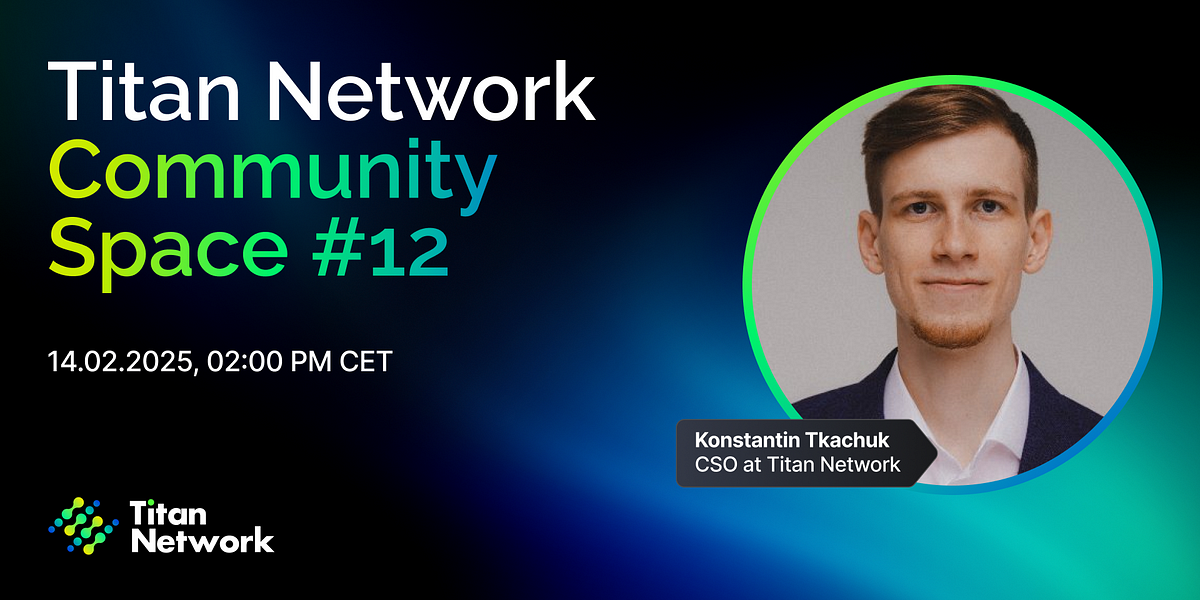
3 months ago
Titan Network Advances Towards Mainnet Launch with Fourth Testnet Rollout
The Titan Network is making significant strides towards its mainnet launch, with the rollout of the fourth testnet underway. The team has emphasized that the fourth testnet will only be opened to the public once all functionalities are thoroughly tested. Currently, a new Windows application is being developed to ensure stable node performance, and users are being onboarded region by region. The third testnet will remain active until the mainnet launch, allowing users to provide essential resources via the Titan application, which is crucial for validating the ecosystem ahead of the mainnet.
As the Titan Network prepares for its mainnet launch, the community can expect a seamless transition from testnet to mainnet. All testnet tokens (TNT1 to TNT4) will automatically convert into mainnet tokens, eliminating the need for separate exchanges. The team is also focused on interoperability, testing connections with Solana and planning to bridge to other major blockchains. Furthermore, the Titan Network is refining its whitepaper and roadmap, with plans to engage the community during these releases, ensuring transparency and collaboration.
Looking ahead, the Titan Network is committed to keeping its community engaged through regular updates, quest activations, and community events. Investors can anticipate another fundraising round before the mainnet launch, with more details to be shared in upcoming community calls. The Titan Network's journey towards a decentralized future is a collaborative effort, and the team expresses gratitude to its community for their support and insightful queries during the recent AMA. As the network approaches its mainnet launch, the excitement continues to build, promising a robust platform for users and investors alike.
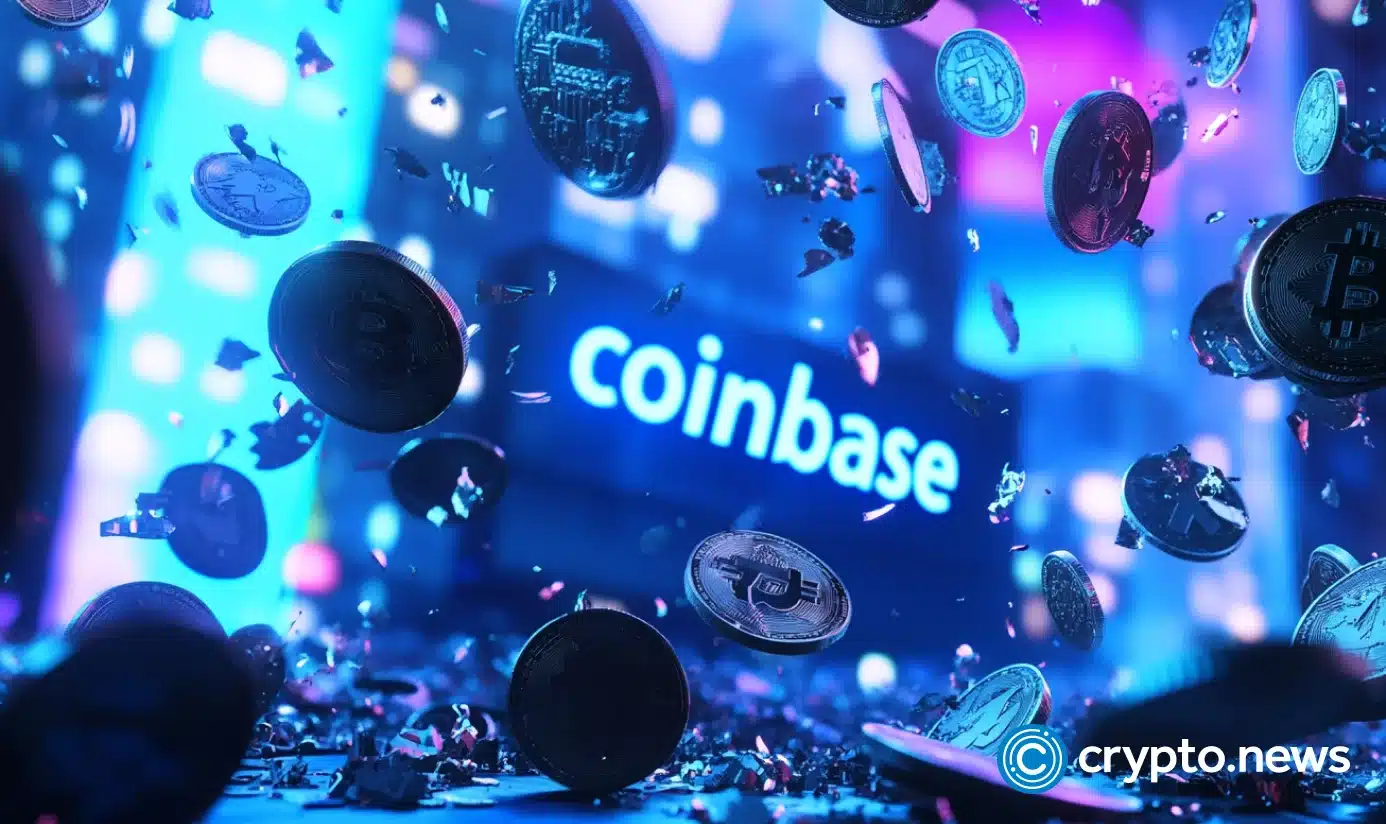
3 months ago
Bittensor's TAO Token Surges Ahead of Coinbase Listing
Bittensor's native token, TAO, experienced a significant price surge on February 19, following the announcement of its listing on the Coinbase exchange. The price of TAO spiked by 20%, reaching intraday highs of $420, amidst a broader rally in the altcoin market. While this increase was modest compared to other top performers like Story and Sonic, it positioned Bittensor among the leading gainers. This upswing allowed TAO to recover losses from previous days, reflecting a positive market sentiment as altcoins mirrored Bitcoin's recent fluctuations. The price movement was further fueled by anticipation surrounding Coinbase's upcoming listing scheduled for February 20, 2025.
Coinbase's decision to list TAO is pivotal for Bittensor, which is recognized as a leading AI token by market capitalization, currently ranking second behind NEAR. The exchange confirmed that trading would commence on the TAO/USD pair, contingent on meeting liquidity conditions. This phased launch is expected to enhance Bittensor's visibility and accessibility, especially since TAO is already available on other major exchanges like Binance and Kraken. The listing is anticipated to provide Bittensor with additional traction in the competitive cryptocurrency landscape, particularly in the AI sector.
Bittensor, launched in 2019, has garnered significant backing from prominent venture capital firms, including Pantera Capital and Digital Currency Group. Grayscale has highlighted Bittensor's importance in the AI domain, emphasizing its decentralized model, which aims to enhance transparency and democratize access to AI technologies. This is particularly relevant in light of concerns surrounding centralized AI projects, which may pose risks related to data security and bias. As the cryptocurrency market continues to evolve, Bittensor's developments and its Coinbase listing could play a crucial role in shaping the future of decentralized AI solutions.
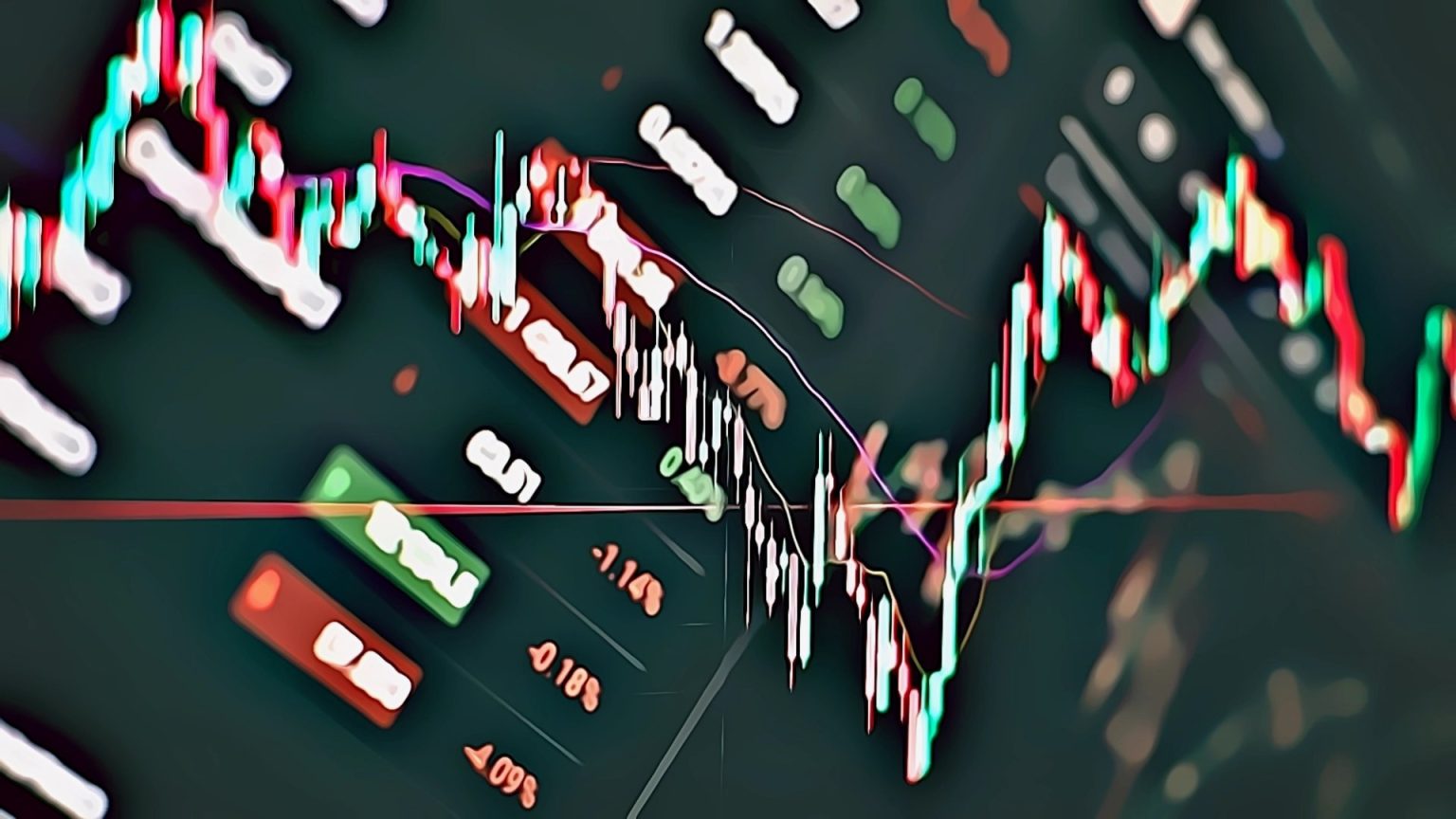
3 months ago
Shifting Dynamics in the Cryptocurrency Market: A Focus on Memecoins and Established Tokens
In recent days, the cryptocurrency market has witnessed a notable shift in investor interest, particularly towards specific coins such as Libra ($LIBRA), Solana ($SOL), Melania ($MELANIA), and Ethereum ($ETH). While Bitcoin and Ethereum continue to dominate the market, new contenders are capturing attention. The controversy surrounding Libra has intensified following Argentine President Javier Milei's endorsement, which sparked a trading frenzy. However, this endorsement has also led to legal challenges, with accusations of fraud against Milei for misleading investors about the legitimacy of the currency. The fallout from Libra's volatility has raised concerns about the risks associated with investing in memecoins and the implications for the Argentine economy.
Solana has also found itself in the spotlight due to its association with memecoins like Libra. Traders are expressing unease about the speculative nature of Solana-based tokens, questioning whether Solana can maintain its reputation as a serious platform for smart contracts and decentralized applications. As Ethereum continues to thrive with its decentralized finance (DeFi) ecosystem and NFT projects, some investors are shifting their focus towards Ethereum, viewing it as a more stable long-term investment compared to the speculative environment surrounding Solana.
Additionally, Melania ($MELANIA) has come under scrutiny due to its ties to the Libra controversy, with allegations of insider trading and coordinated scams surfacing. Meanwhile, Fort Knox ($FORT) and Storj ($STORJ) are gaining traction among investors, with Fort Knox attracting attention for its potential gold-backed assets and Storj being recognized for its decentralized cloud storage capabilities. As discussions around these coins evolve, the cryptocurrency market remains a landscape of volatility, requiring investors to approach with caution and conduct thorough research before making investment decisions.
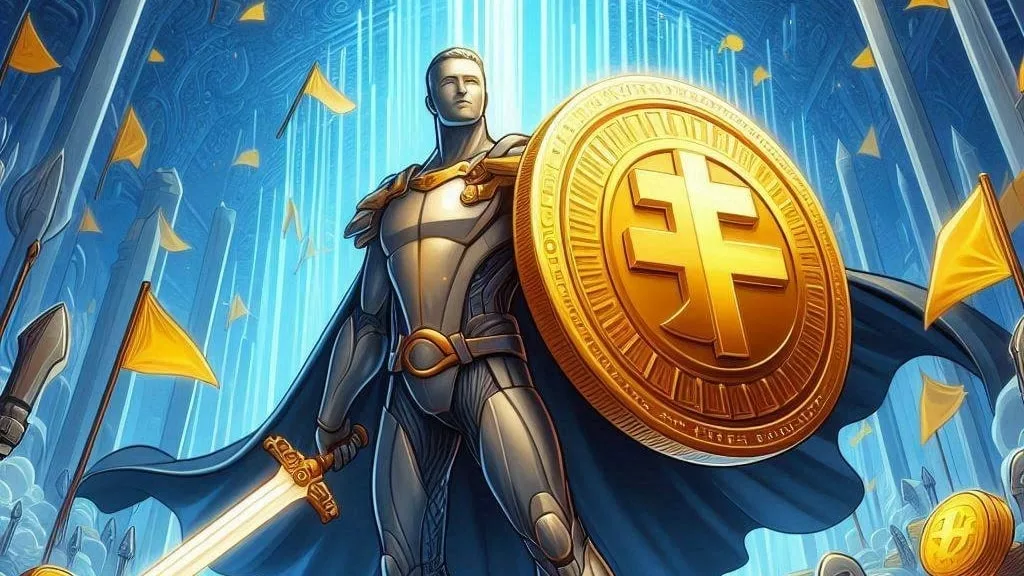
3 months ago
Filecoin at a Crossroads: Key Support Level and Market Sentiment
Filecoin (FIL), a prominent player in the decentralized infrastructure sector, is currently navigating a critical phase in its trading journey. As of now, the asset is hovering around a pivotal support level of $3.38, with its short-term trajectory hanging in the balance. Traders are closely monitoring this juncture, as a decisive move could either propel the price upwards or trigger a sharp decline. Recently, Filecoin experienced a modest 0.50% increase in price, accompanied by a notable 16% spike in trading volume, indicating heightened interest from market participants.
Technical analysis reveals that Filecoin has formed an ascending triangle pattern on its four-hour chart, suggesting potential upward movement. However, the asset's ability to maintain its position above the $3.38 support level is crucial. Should it succeed, analysts predict a possible surge of up to 20%, targeting the $4.05 mark. Conversely, if the price dips below $3.30, a decline to $2.92 could be imminent. Additionally, the 200-day Exponential Moving Average indicates a prevailing downtrend, further complicating the market sentiment surrounding FIL.
Despite the bearish outlook, on-chain metrics present a more optimistic scenario. Data shows that intraday traders are favoring long positions, with significant accumulation at the $3.32 level. Furthermore, long-term investors are withdrawing FIL tokens from exchanges, signaling a bullish sentiment and potential buying pressure. As the broader cryptocurrency market grapples with uncertainty, Filecoin's strong fundamentals and increasing adoption in the Decentralized Physical Infrastructure Networks (DePIN) space may provide the resilience needed to navigate this tumultuous period. The coming days will be critical in determining whether Filecoin can maintain its support and initiate a rally or face further declines.
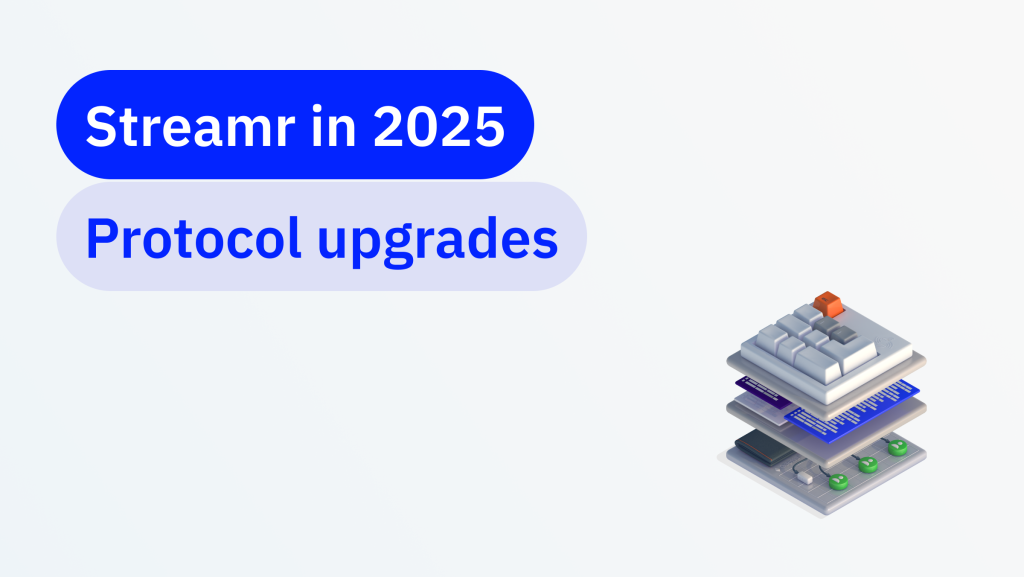
3 months ago
Streamr Unveils Protocol Upgrades for Enhanced Security, Usability, and Scalability
In a recent update, Streamr has announced significant protocol upgrades aimed at enhancing security, usability, and scalability within its decentralized data streaming network. These upgrades are essential as the platform evolves from a middleware solution to a forefront technology that promises to revolutionize data streaming. The focus on security includes the introduction of quantum-resistant streaming, which is crucial for safeguarding data against potential future threats posed by quantum computing. This feature is particularly relevant for sensitive applications in government and military sectors, ensuring that data remains secure even as quantum capabilities advance.
To improve usability, Streamr is investing in native language bindings, flexible data validation, and a multichain architecture. The development of native SDKs has already achieved significant milestones, allowing for enhanced data publishing capabilities across various programming languages. Additionally, the support for arbitrary publisher identities and integration with diverse cryptographic systems will facilitate new partnerships and broaden the network's applicability. The multichain architecture further enables projects to operate on their preferred blockchain while benefiting from Streamr's decentralized data transport, thus promoting wider adoption.
Scalability remains a critical focus for Streamr, especially as the demand for real-time applications grows. Landmark benchmark tests have demonstrated the platform's ability to maintain low latency and quick data retrieval, even in a decentralized environment with numerous nodes. With the results of these tests set to be published in early 2025, Streamr aims to solidify its position as a leader in decentralized data streaming. As the network approaches its first anniversary, the commitment to continuous research and development promises a bright future for secure, scalable, and decentralized data solutions in a multipolar world.
Signup for latest DePIN news and updates